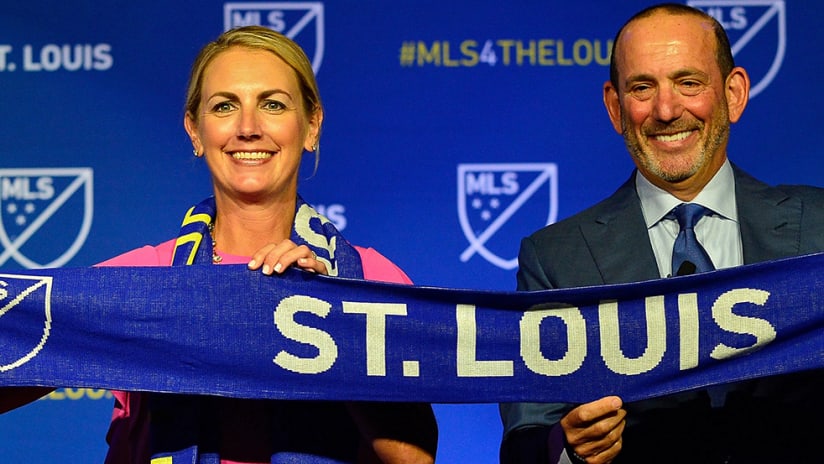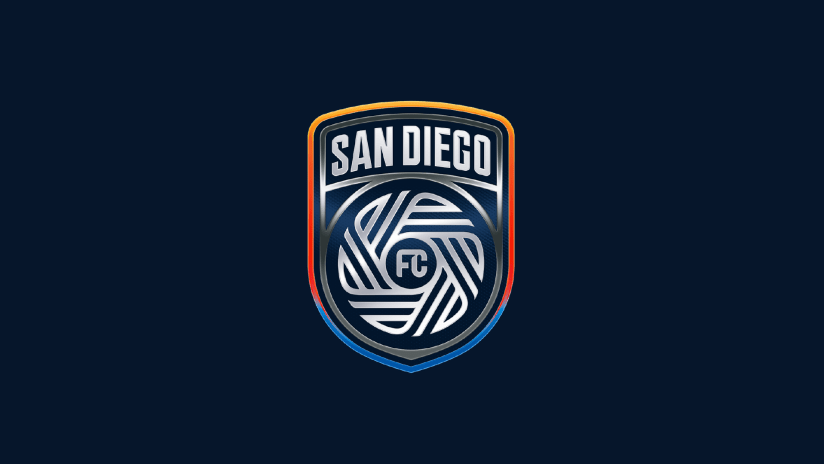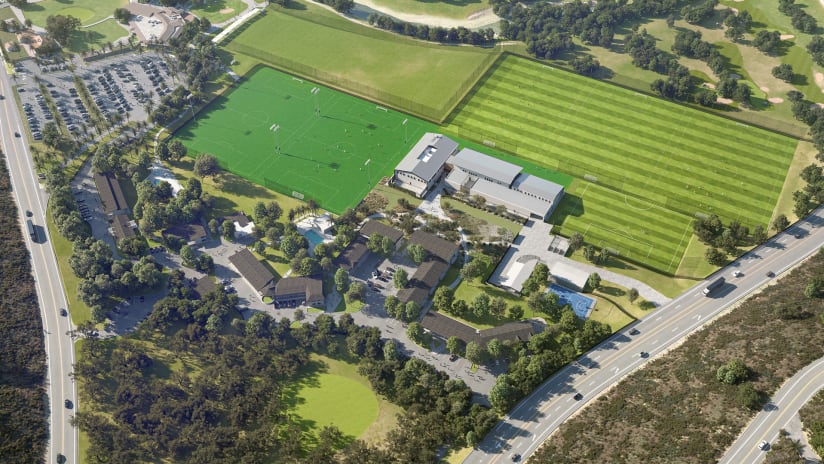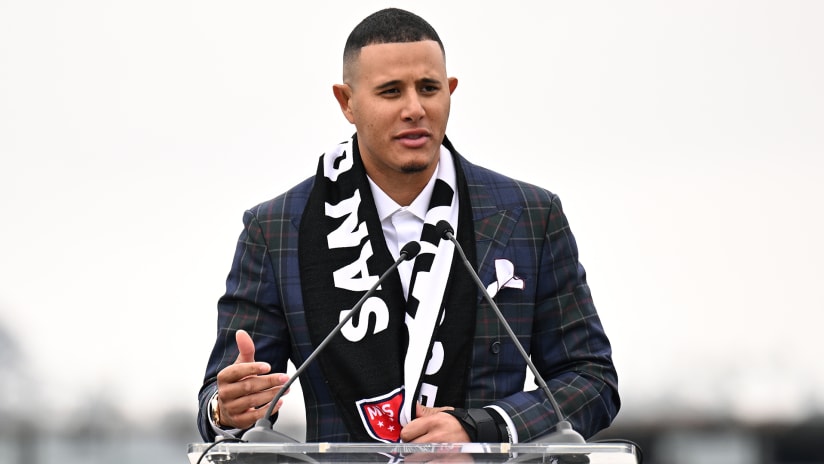If you’re eyeing St. Louis’ preparations for MLS entry in 2022 from afar, odds are two questions are at or near the top of your list, so let’s address those first.
No. 1: What’s up with the stadium?
Short answer: Construction of The Lou’s ambitious 22,500-seat soccer-specific stadium with adjacent training facility and club headquarters in the Downtown West district – they’ll be the only team in MLS with both a stadium and training ground at the heart of an urban core – remains on track, at least for now.
The $250-million project has been cleared to proceed despite the coronavirus pandemic, albeit with extensive distancing, cleaning, sanitizing and other precautions. That said, the MLS expansion group is prepared to adapt should that, or just about everything else ahead, change.
“We are making progress but obviously, given world events, it is too early to say if and how any of this will affect our schedules and timeline,” ownership group lead Carolyn Kindle Betz told MLSsoccer.com via email.
“Following the recent City of St. Louis Health Commissioner’s orders on COVID-19, stadium construction continues. Our construction partners remain in close conversation with health and government officials for real-time updates to best assess how to safely manage this project moving forward and will be ready to adjust course at any time.”

No. 2: What about the club’s name, crest and identity?
In a world without COVID-19, this probably would’ve been unveiled by now. In reality, it’s hard to say where it stands given the organization’s decision to shelve the matter until life returns to something resembling normalcy in their region.
“Given the current environment, we don’t feel it’s appropriate to make any major announcements or updates until our city and region has started to recover,” wrote Kindle Betz.
“While it’s been amazing to see the continued excitement around St. Louis’ new MLS team, we want people to be able to focus on things that are truly important – the health and well-being of their families, friends and the community.”
Setting aside news on those two fronts, Kindle Betz and the entire MLS4THELOU group have lots in front of them, including some key decisions to make and relationships to build, over the next two years. Their market, arguably the richest in American soccer history, is unique among recent MLS expansion arrivals.
Building out a soccer staff
Right behind the club identity stands the matter of hiring a technical director, general manager or whatever title St. Louis attaches to their chief soccer officer (CSO in MLS front-office parlance). Like Darren Eales in Atlanta or John Thorrington at LAFC, that person will chart StL’s big-picture course for coaching hires, player acquisition and on-field philosophy.
Kindle Betz has led that search and interviewed potential candidates via video chats, but the process is difficult to complete without in-person conversations. It’s also subject to moving parts elsewhere in MLS: The league’s overall schedule being in flux might affect St. Louis’ choice given that some contenders could conceivably join from existing clubs.
“There's a number of people that we’re interviewing across the board. We're trying to be smart about that, in regards to all the current global crisis that we're dealing with, so trying to move things forward, but also being pragmatic about how we do that,” minority owner Jim Kavanaugh told MLSsoccer.com earlier this month.
“To a certain degree things are getting slowed down on the hiring front, because we're also trying to see where are the other teams in the league, what's going to end up happening throughout the balance of the year here. So, some of that is being pushed back just based on everything going on.”
Interacting with the existing StL landscape
The region has been home to USL Championship club Saint Louis FC since the 2015 season, and that team – based in nearby Fenton, Missouri – has cultivated a modest but devoted following. Though the club's taking it one year at a time, it’s been reported that STLFC will shutter operations when the MLS team gets underway.
In a fairly unique arrangement, STLFC are owned and operated by a youth club, rather than the other way around: St. Louis Scott Gallagher, a 501c3 non-profit that's one of the area’s largest and most successful. Scott Gallagher operate a US Soccer Development Academy program under the STLFC name, and with the DA’s recent closure, it remains to be seen where their top boys’ teams will play going forward.
How the MLS organization interacts with STLFC and their supporters will be interesting to watch. Kavanaugh could be a vital link here, and in general between the past and future of the St. Louis scene.
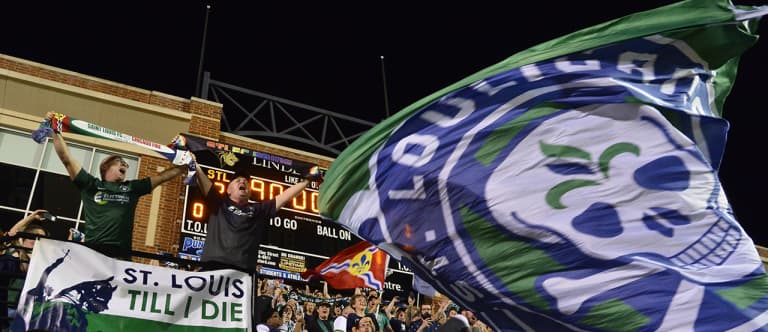
A distinguished player, he was a college star at Saint Louis University and played on the 1984 US Olympic team before co-founding multi-billion-dollar IT outfit World Wide Technology, Inc. He’s served as president of Scott Gallagher’s board and is Saint Louis FC’s CEO.
“We're just dealing with the current situation like everybody else and we'd love to get the games started back up,” said Kavanaugh of STLFC. “But at this point in time, it [takes] a crystal ball, figuring out when will games be allowed to play again. And I think we’ll be the tail end of that vision; the major sports organizations and leaders – political and business – will have a big impact on how that's going to happen.”
How does all that take shape on the academy front?
St. Louis and its suburbs on both sides of the Illinois-Missouri border are home to a thriving youth soccer scene that's produced more than its share of professional and national-team players, including Steve Ralston, Taylor Twellman, Tim Ream and Josh Sargent, to name just a handful.
Scott Gallagher is probably the biggest elite youth club, but hardly the only one – Lou Fusz Athletic is another major player, along with several others. MLS4THELOU plan to operate an MLS academy like their future peers, but will have to navigate this environment adeptly, especially with the DA going away and a new MLS youth league rising in its place.
Do they partner with one or a few of the existing clubs? Try to build strong bonds, and eventually a player pathway, with all of them? Focus on a targeted local area, or perhaps cast a wider regional net like near-neighbors Sporting Kansas City have across the Midwest?
“The big goal, and the plan, is to be as collaborative as possible, to do what's in the best interest of the players,” said Kavanaugh, “in alignment with whatever that structure is going to be, and that structure today looks like it's going to be driven by MLS, which is good. We'll just figure out, how does that work?
“As you bring MLS to St. Louis, St Louis isn't a big enough market, for my perspective, to have competing academy structures. We're not LA or New York.”
Kavanaugh’s overall emphasis on pragmatism and cooperation is understandable given the many variables up in the air.
“I just think that people are going to have to get accustomed to change,” he said. “We're dealing with a lot of change with the global crisis we're dealing with.
“As leaders and owners, we have to work together and be willing to deal with some of these changes and really just try to do it in a very collaborative and productive way. And that's been my intent from day one, whether it's with the amateur club [Scott Gallagher], bringing in USL, and now being part of the MLS ownership group.”

